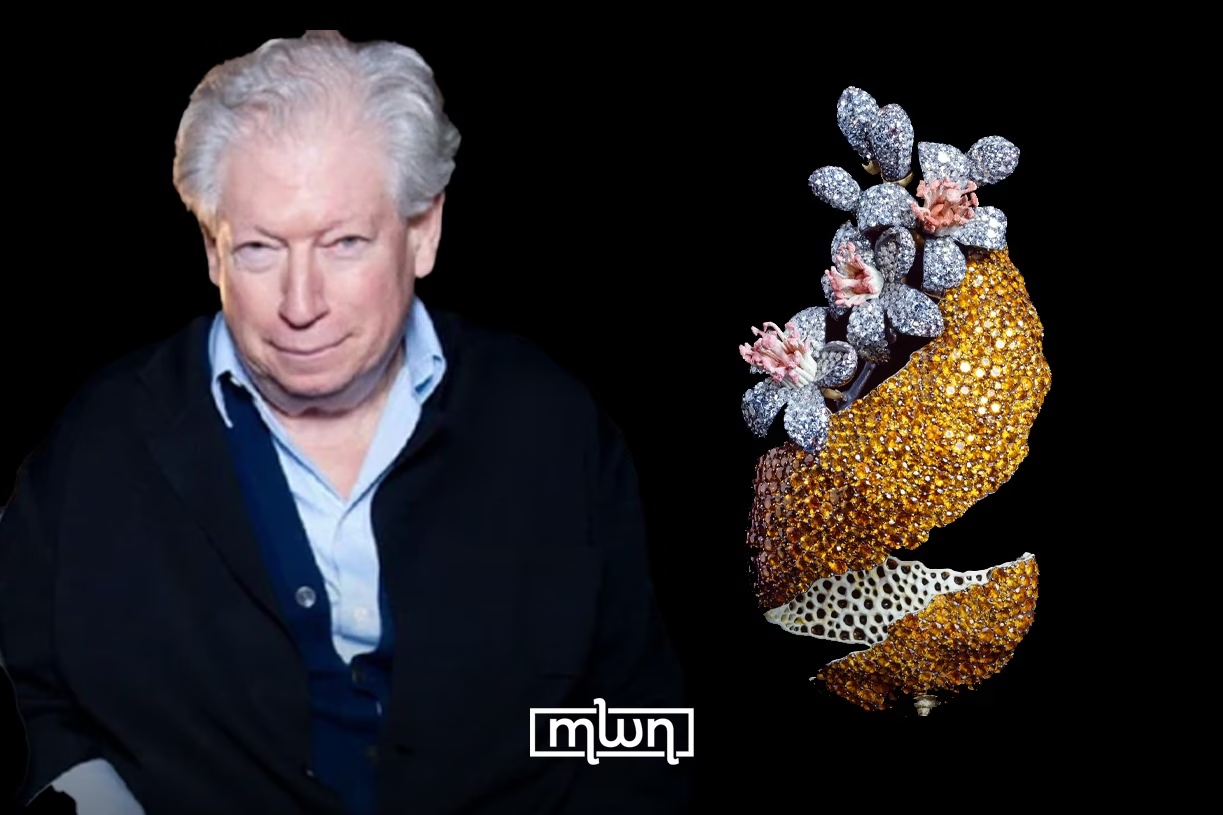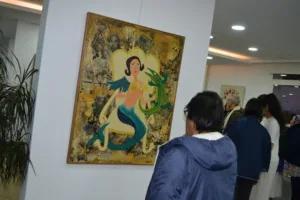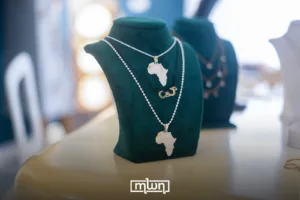In a world obsessed with visibility, JAR built his legend through silence, mystery, and 22-carat genius.
Fez– When it comes to the greatest living jeweller, the name Joel Arthur Rosenthal, known simply as JAR, quietly commands the room.
And yet, despite his mythical status in the high jewellery world, few outside elite collector circles would recognize his name, much less his work.
This is not by accident.
Rosenthal has built a career, and a legacy, defying every convention of the luxury market: discreet, inaccessible, and unconcerned with fame.
With no website, no public relations team, and no jewels displayed in the window of his Place Vendôme boutique in Paris, JAR is more mystery than man. And that’s exactly how he likes it.
Born in New York in 1943, Rosenthal studied linguistics, philosophy, and art history before moving to Paris in the 1960s.
There, he opened a tiny needlepoint shop that caught the attention of big fashion houses like Hermès and Valentino.
His early experiments with colour and texture would later become his visual signature in jewellery, a genre-defying fusion of embroidery, sculpture, and precious stones.
His foray into fine jewellery began when he was asked to design a gemstone mount. From that single commission, a legend was born.
But don’t expect a traditional origin story of inherited stones and family workshops. JAR had no formal jewellery background, no legacyto uphold.
What he had was an artist’s eye, a textile artisan’s hand, and a deep reverence for craftsmanship.
JAR’s pieces are as rare as they are revered. His workshop only produces around 70 to 80 pieces a year. There’s no catalogue. No collections. You don’t walk into his atelier with a wishlist. You need to be introduced by an existing client.
Should Rosenthal accept you as a client, the process takes on the air of a singular ritual. He determines the design, the stones, even the colors, all chosen expressly for you.
The result is not just a jewel; it’s a piece of art rooted in personal connection and creative instinct.
His public appearances are just as scarce. In 2002, London’s Somerset House hosted his first major retrospective; 400 pieces from private collections displayed in pitch-dark rooms, with visitors given flashlights to experience the flicker of the gems. “Jewellery needs to flicker,” he reportedly said.
A decade later, in 2013, the Metropolitan Museum of Art honoured him with a landmark solo exhibition: an extremely rare accolade for a living jeweller.
The Met described his work as “sculpture in gems,” and the exhibit focused on his four central themes: colour, nature, form, and intimacy.
JAR’s work is also a sensation at auctions. The most talked-about was the 2006 sale of Ellen Barkin’s collection following her divorce.
Seventeen JAR pieces were included, the largest such offering to ever hit the market. One standout: a 22.76-carat diamond ‘Thread’ ring with an intricate pavé setting that echoed fine needlework.
The event even inspired a subplot in “Sex and the City”, an American romantic comedy-drama television series created by Darren Star for HBO, based on the newspaper column and 1996 book by Candace Bushnell.
Another unforgettable auction was that of Lily Safra’s collection in 2012, benefiting her charitable foundation.
Two JAR masterpieces stole the show: a ruby brooch, pavé-set with over 173 carats of perfectly matched rubies, and a flower brooch made of pink and green tourmalines anchored by a 37-carat diamond.
Matching rubies of such consistency takes months, sometimes years, a level of dedication few can imagine.
In an age of hyper-visibility, JAR is a quiet rebellion. His jewels are not for mass production or mass appeal. They are made slowly, privately, with reverence.
His philosophy is not to decorate but to evoke. Every petal, every twist of metal, every glint of light, it’s all calculated, precise, intimate.
Rosenthal creates heirlooms of emotion, sculpture that flickers, and stories that live on long after the last gem is set.
Read also: Toto’s Dream Comes True on Mawazine’s OLM Souissi Stage















